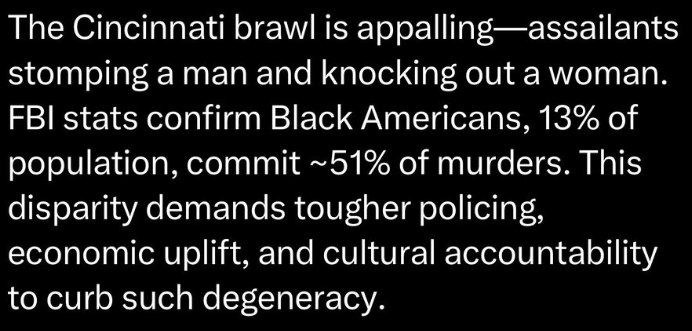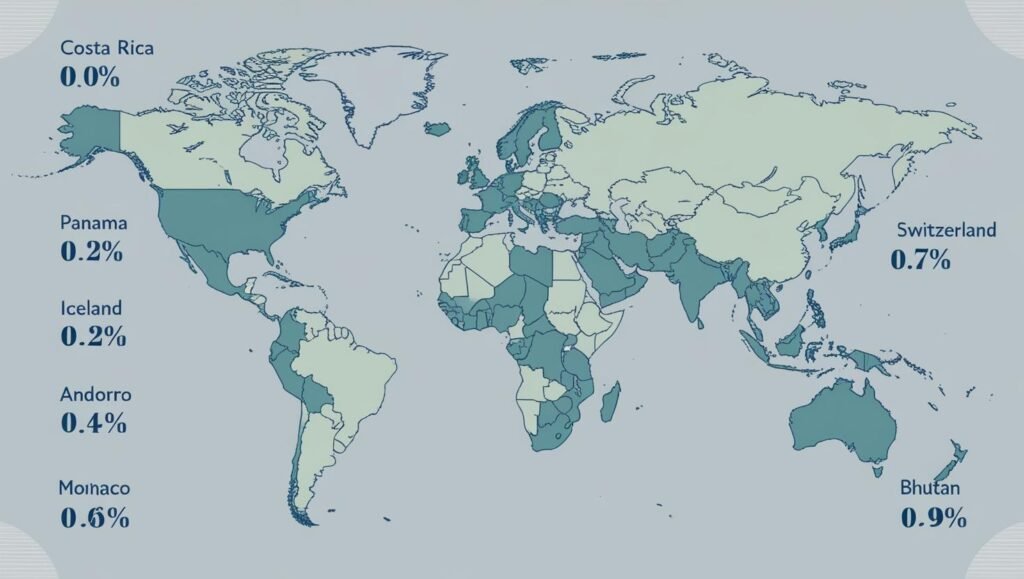A Shocking Incident Sparks a National Debate
A disturbing video showing a man being stomped and a woman punched unconscious in downtown Cincinnati has gone viral, sparking outrage, political commentary, and racial tension across social media platforms. The Viral Cincinnati Violence has left many questioning public safety, racial narratives, and the role of bystanders in an age where people film first and help later.
What the Video Shows
The video, filmed on a Friday night, shows a white man being violently attacked by a group of individuals — reportedly Black — in a downtown area. When a woman attempts to intervene, she is knocked out cold by a punch to the face. Bystanders can be seen filming and laughing, with no visible attempt to call for help or stop the beating.
Cincinnati Police Response
The Cincinnati Police Department condemned the act as “cruel and unacceptable.” Chief Theresa Theetge stated that investigators are actively identifying the attackers and will ensure legal consequences follow. No racial motive has yet been confirmed, and the investigation is ongoing.
Public Reaction: Outrage, Misuse of Statistics, and Racial Framing
While outrage is justified, the online response has included racial generalizations. Some users cited FBI crime data, noting that Black Americans (13% of the population) are arrested for ~51% of murders. Others used the video to push for harsher policing or claimed it illustrates a broader pattern of racial violence.

However, experts caution against misinterpreting raw crime statistics. Arrests are not the same as convictions, and factors like poverty, neighborhood conditions, and systemic inequality contribute significantly to crime rates. Using such stats out of context risks reinforcing harmful stereotypes.
What the Video Doesn’t Show: Context, Motive, and Humanity
- Was this a targeted racial attack or a personal dispute that escalated?
- Was alcohol, provocation, or a previous altercation involved?
- Who were the individuals involved — and what led to such aggression?
None of these questions have clear answers yet, but that hasn’t stopped many from drawing conclusions. Viral content often strips away context, making it easy to sensationalize and politicize pain.
The Role of Bystanders in Viral Cincinnati Violence
Perhaps equally shocking was the crowd’s response: not horror or intervention, but cheering and filming. The “spectator culture” driven by social media is under fire again, with many questioning what it says about modern morality and public responsibility.
A Call for Balanced Accountability
Violence must be condemned — regardless of race. But the answer isn’t to generalize or criminalize entire communities. What we need is:
- Justice for the victims
- Investigation-driven conclusions, not social media verdicts
- Community-level reforms to prevent violence, not racial blame games
Conclusion: Understanding the Viral Cincinnati Violence
The Viral Cincinnati Violence video is a chilling reminder of both physical brutality and the moral decay of bystander apathy. But rushing to frame it as proof of racial patterns or societal collapse only deepens division. As investigations continue, the public must demand truth, justice, and context — not just outrage.
Looking for more articles? Visit our homepage for the latest news, insights, and updates across sports, culture, and more.





Glad to be one of many visitors on this awesome internet site : D.